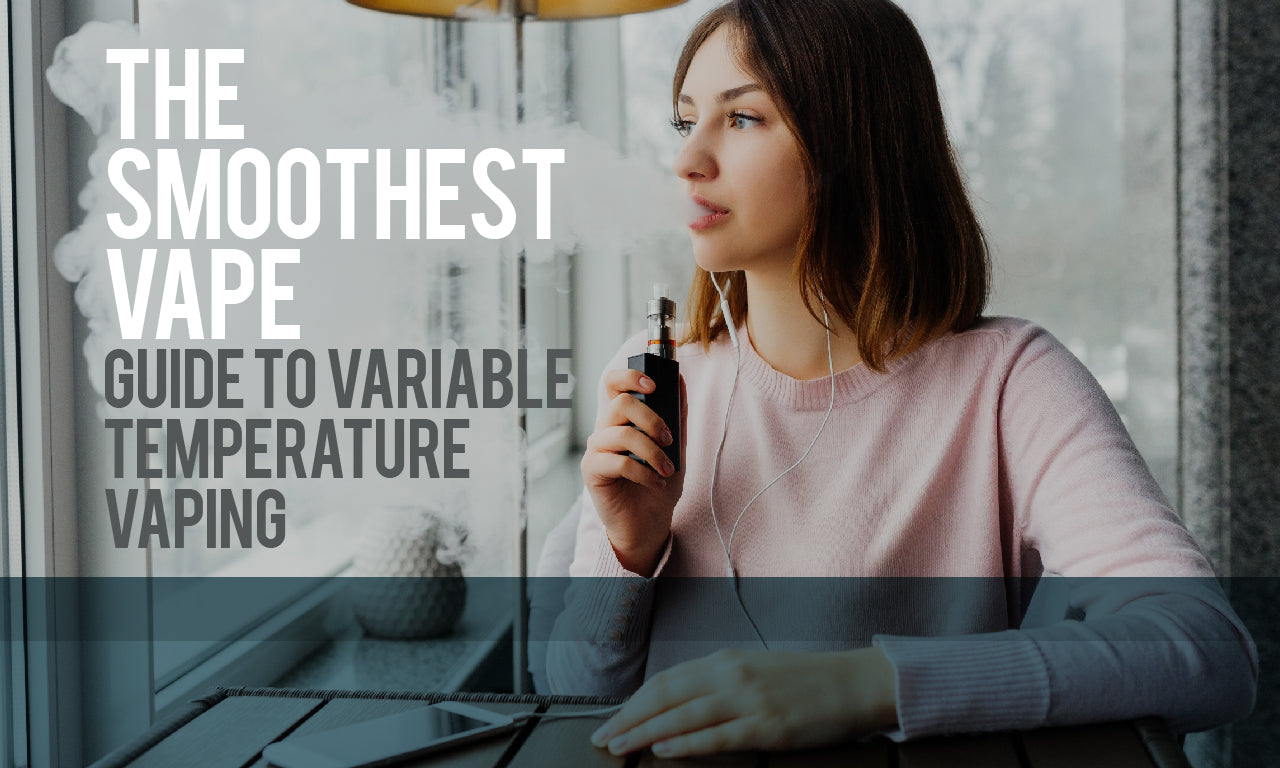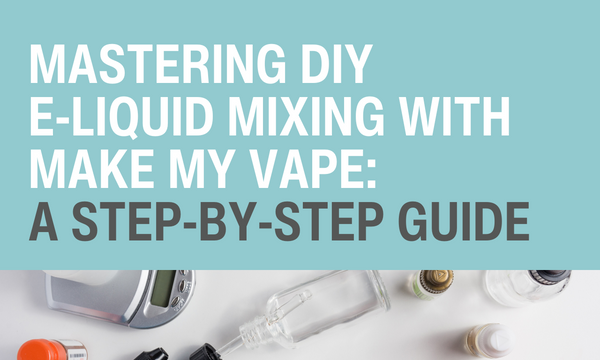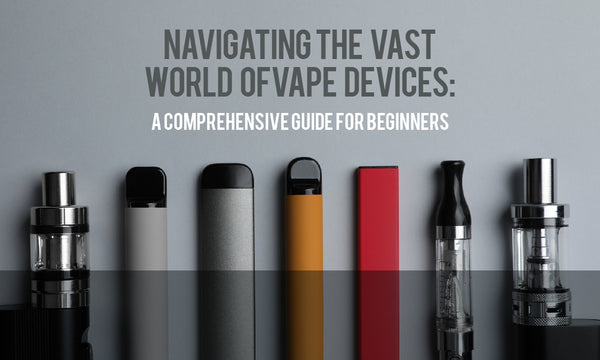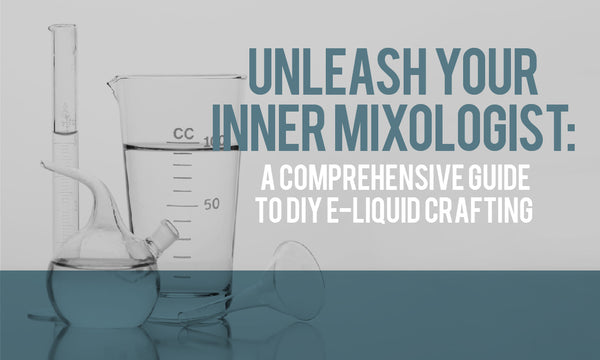Variable temperature vaping has been around for a while, however it has been gaining a lot of popularity over the recent months. You may or may not have heard of it before, but by the end of this article you’ll know all about it and why it’s great!
What will it do for me?
This is the first question you are likely to ask when confronted with VT vaping. Being able to control your temperature is going to help you in a multitude of ways and it’s not just for the advanced vapers either; there are plenty of improvements to the overall vaping experience. To state the obvious, variable temperature vaping allows you to control how hot your vape will become. This means that you will effectively never get a dry hit again. You can take the longest toot in the world and still have a smooth, cool cloud being emitted from your nose, mouth, or both. However it doesn’t stop there, as you can even set your temperature below 410°F (which is the fire, or ‘flash’ point of cotton) therefore removing any such formaldehyde and combustion-esque scare or browning of your wick. What about if you aren’t scared of that stuff? You just vape because it tastes good and keeps you off the cigs! Well, VT still has something for you. When you adjust your temperature, you can control exactly how your vape tastes. For example, you might find that creamy flavours taste great hot, but taste amazing cold due to all of the hidden flavour notes that you couldn’t notice before. It’s kind of like choosing between chocolate milk or hot chocolate.
How does it work?
VT only works if you use a nickel (ni200) or titanium coil. This is because when these metals get hot, their resistance increases tremendously; we can detect that change in resistance and adjust the wattage accordingly. Some VT mods will completely cut off the power once the temperature is reached, while others will just lower it to accommodate the increase in heat; some even do both. One problem which has been brought up in discussion is that nickel and titanium can create nasty byproducts when heated and exposed to oxygen, also known as ‘oxidising’. However, your vape will never get hot enough to melt any metal that you use as a coil, with aluminium having one of the lowest melting points at 660°c. Furthermore, nickel and titanium both form protective oxide coatings to prevent further oxidisation, albeit titanium going through this process at a slower rate. Titanium is, however, often ‘electropolished’ to increase corrosion resistance. This overview on variable temperature vaping should give you some insight on what VT is and whether it’s right for you. If you learnt something, share this with your friends using the social media buttons! As always, feel free to leave a comment if you have any further questions or concerns about variable temperature vaping.




